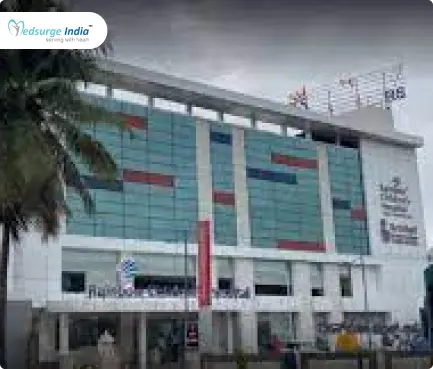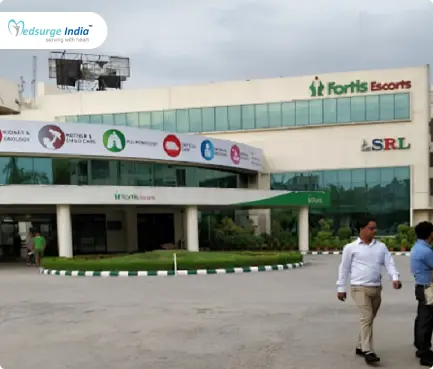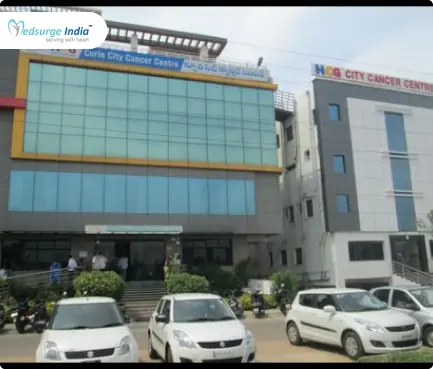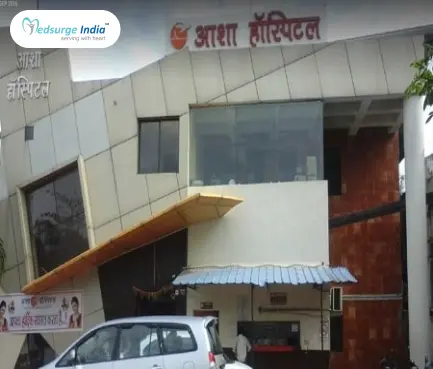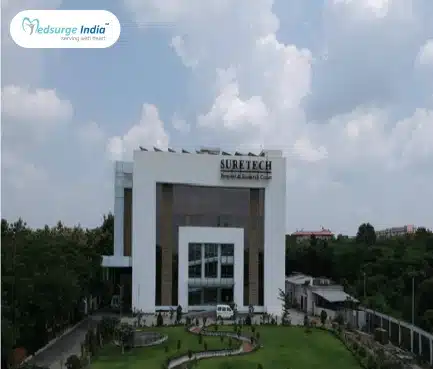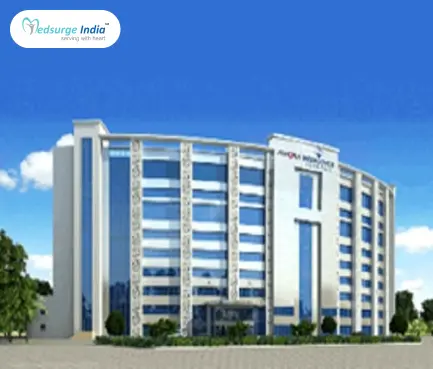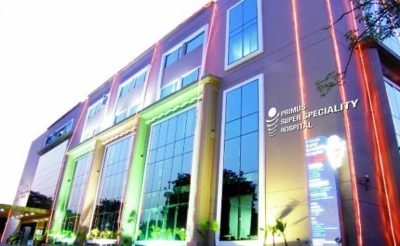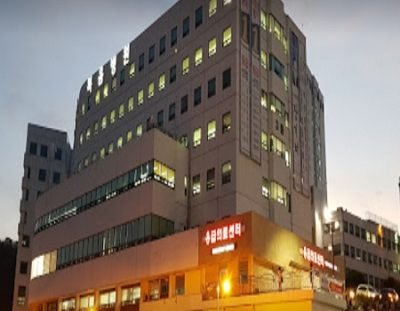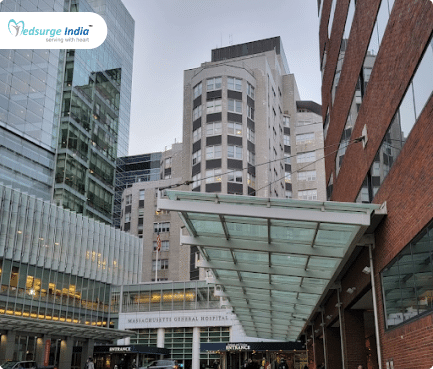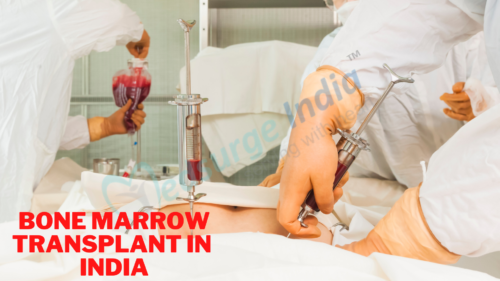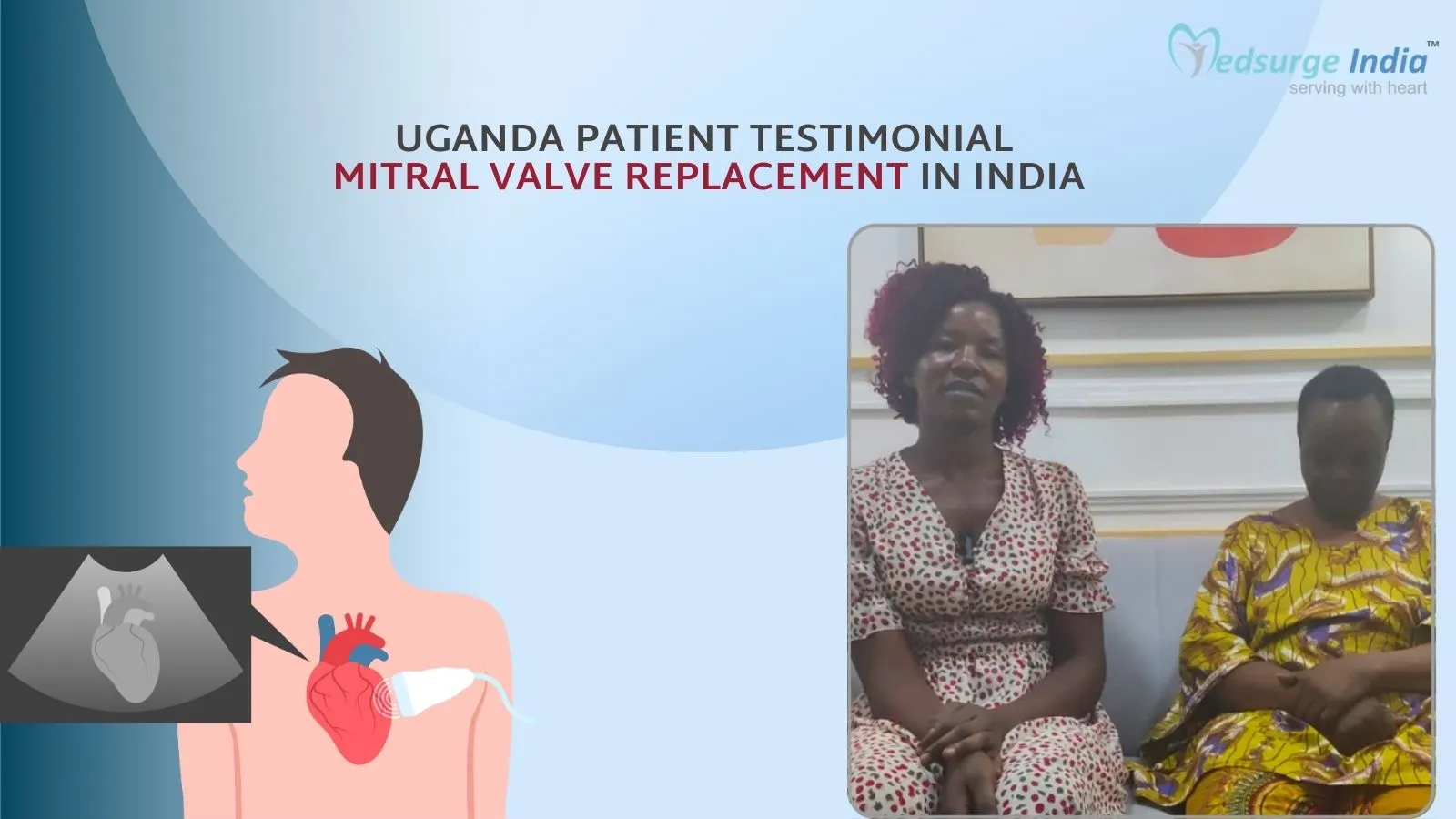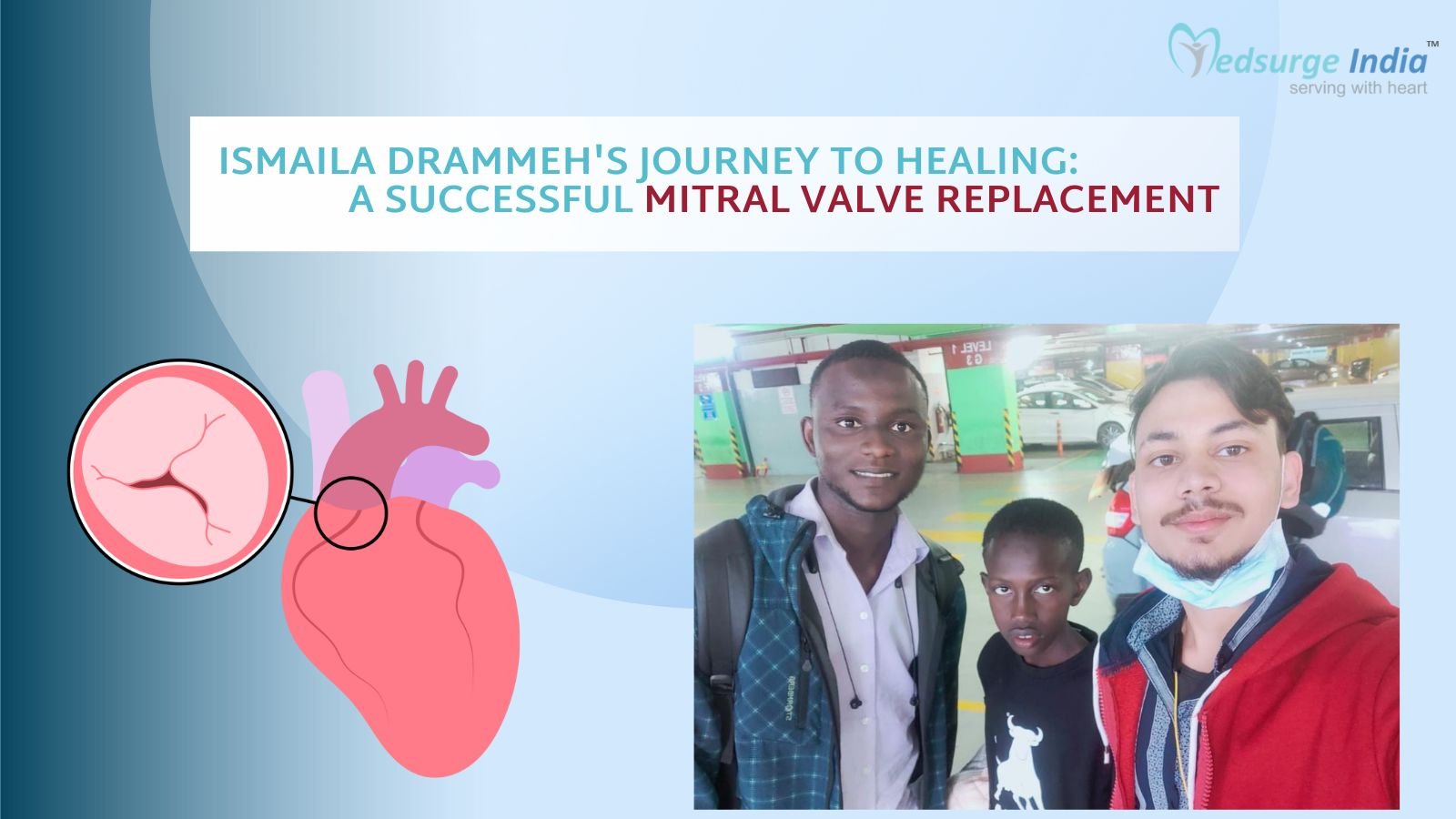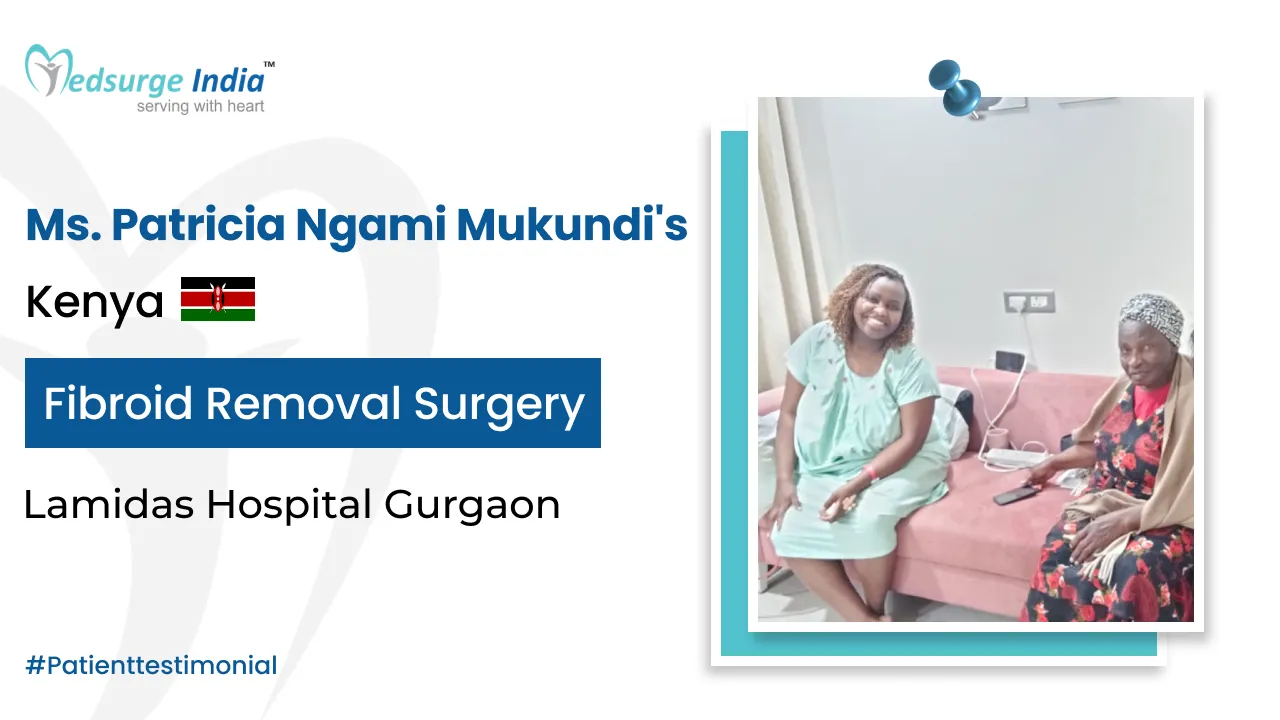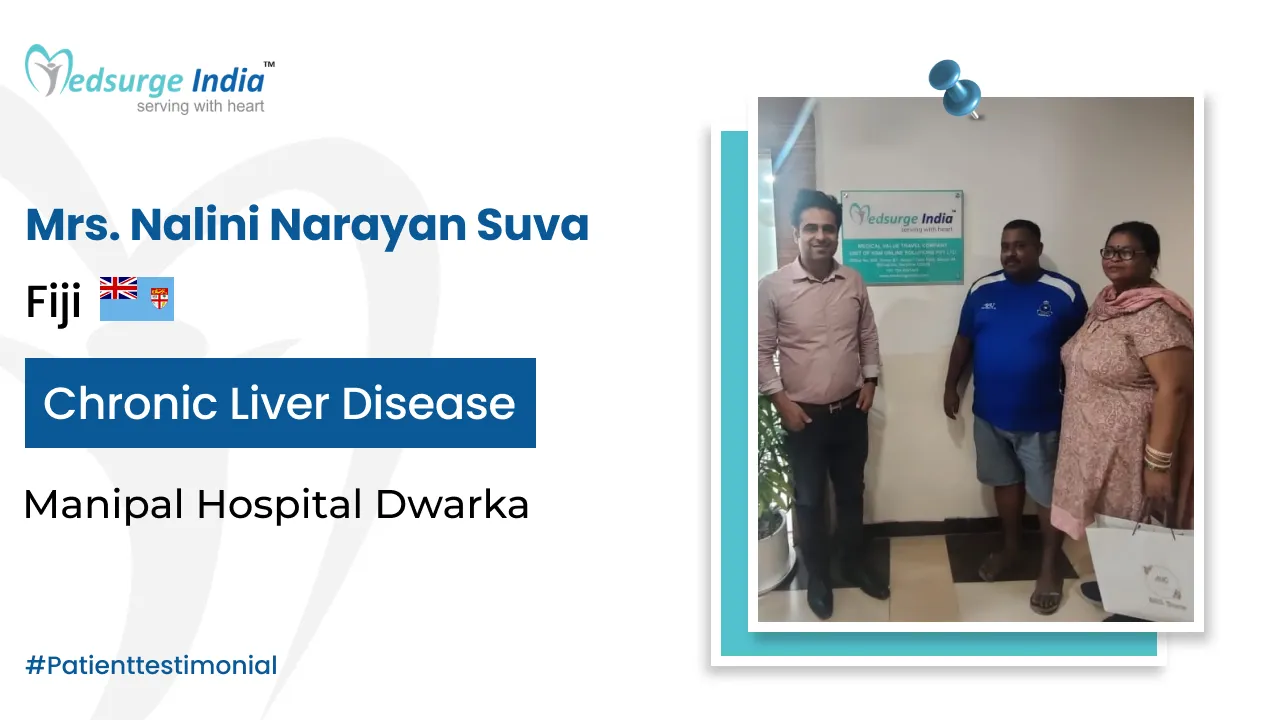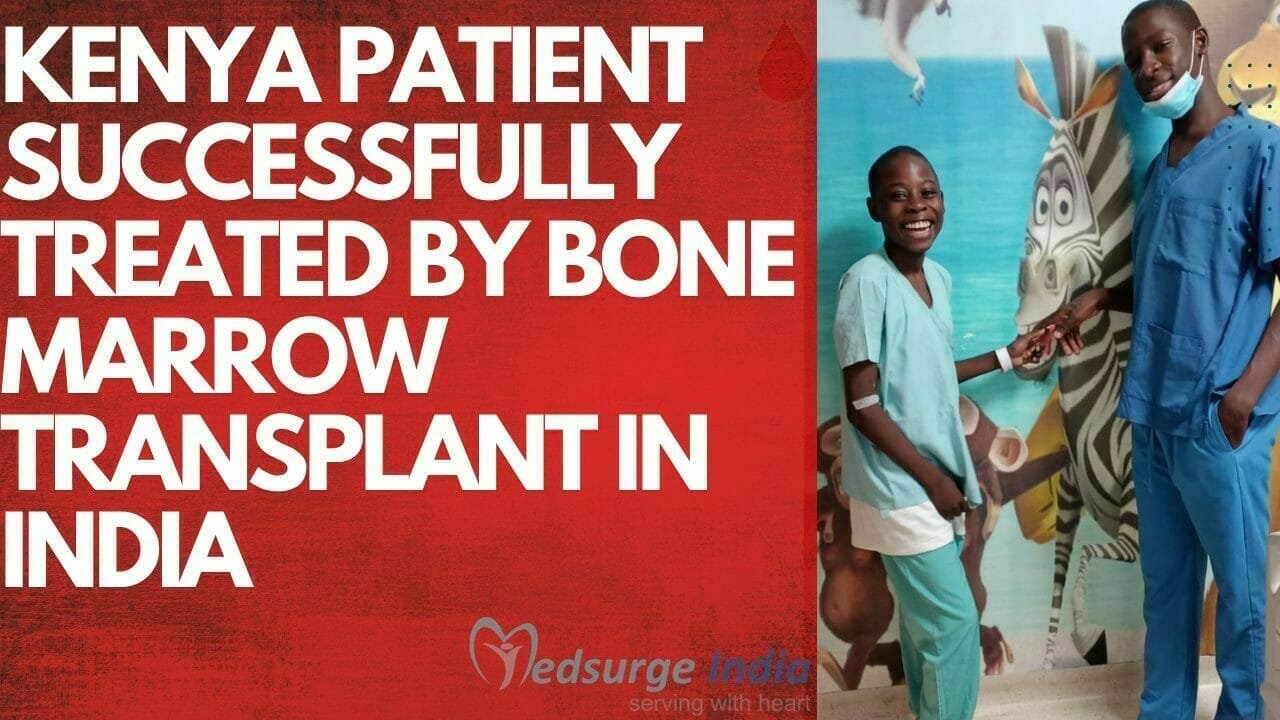
The heart is a muscle pump that is activated by an electrical currents. The electrical pathway starts in the SA node, generating an impulse for the heartbeat. It then travels through the atria, AV node, Bundle of His, and His-Purkinje system to the ventricles, causing the muscle to contract and blood pumping. If there are issues with the heart’s electrical conduction, a pacemaker may be needed to regulate the timing of stimulation and response.
Pacemaker surgery cost in Malaysia is opted by patients from all over the globe as the cost of pacemaker surgery in Malaysia is far more affordable when compared with Western and Eastern countries, plus Malaysia has some of the best hospitals and doctors who are well- known.
What is a Pacemaker?
Pacemakers are medical devices implanted in the body through surgical procedures to help regulate the heart’s electrical activity. These devices are designed to manage irregular heart rhythms and mitigate potential life-threatening complications.
Conditions That Are Treated With Pacemaker
Pacemakers are recommended for people with conditions such as:
- Certain heart arrhythmias.
- Heart blocks.
- Heart failure.
- Patients with a history of heart attack
How Does a Pacemaker Function?
The heart possesses an electrical system that instructs the heart’s chambers on when to contract. In the event of a malfunction in the heart’s electrical system, the chambers may contract in an incorrect sequence or with insufficient force to adequately supply blood to the body. Pacemakers employ electrical impulses to rectify such malfunctions.
Pacemaker Surgery Cost in Malaysia
An average Pacemaker Surgery Cost in Malaysia starts from 61650 RM (13000 USD). The cost of pacemaker surgery in Malaysia will depend on the type of surgery and will depend on the patient’s condition.
Pacemaker Surgery Cost in Different Parts of Malaysia
| Cities | Starting Price |
| Kuala Lumpur | 13500 USD |
| Ipoh | 14000 USD |
| Johor Bahru | 13200 USD |
| Kuching | 14800 USD |
| Malacca | 14900 USD |
Please keep in mind that the cost and treatment options for Pacemaker Surgery Cost in Malaysia may differ based on the patient’s preferences and other factors.
Factors That Can Affect Pacemaker Surgery Cost in Malaysia
Following stated below are some of the factors that can affect Pacemaker Surgery cost in Malaysia:
- Medication costs.
- Duration of treatment.
- Geographical location.
- Hospitalization expenses.
- Government policies and subsidies.
- Medical tourism packages.
- Hospital reputation and infrastructure.
- The expertise and experience of medical professionals.
- The type and frequency of diagnostic procedures.
- The choice of treatment modality.
Pacemaker Surgery cost in Malaysia not only provides top-notch medical care and facilities comparable to renowned healthcare institutions globally, but also takes into consideration accommodation, meals, and transportation expenses. Additionally, Medsurge India guarantees that patients will receive the most cost-effective Pacemaker Surgery cost in Malaysia under the supervision of highly skilled doctors.
Pacemaker Surgery in Malaysia
The esteemed doctor will perform a comprehensive diagnosis and establish a treatment plan for the patient before initiating the pacemaker surgery. A pacemaker can be performed either on an outpatient basis or as part of your hospital stay. The specific procedures may vary depending on your condition and your doctor’s preferences. Typically, the process of inserting a pacemaker follows these steps:
- Prior to the procedure, you will be asked to empty your bladder.
- Electrodes will be attached to your chest to monitor the electrical activity of your heart using an electrocardiogram (ECG or EKG) monitor. Your vital signs will also be monitored.
- Large electrode pads will be placed on the front and back of your chest.
- A local anesthetic will be injected into the skin at the insertion site.
- Once the anesthetic takes effect, the physician will make a small incision at the insertion site.
- A sheath or introducer will be inserted into a blood vessel, typically under the collarbone. This plastic tube will serve as a pathway for the pacemaker lead wire to be inserted into the blood vessel and advanced into the heart.
- The lead wire will be carefully inserted through the introducer into the blood vessel and guided into the heart.
- After the lead wire has been inserted into the heart, it will undergo testing to confirm its proper placement and functionality. The number of lead wires inserted will depend on the specific device chosen by your doctor for your condition, which could be one, two, or three.
- To aid in the testing of lead wire placement, fluoroscopy will be utilized. This special type of X-ray will be displayed on a TV monitor, providing assistance in ensuring the accurate positioning of the leads.
- Once the lead wire is securely attached to the generator, the pacemaker generator will be inserted under the skin through the incision, which is located just below the collarbone. Typically, the generator will be placed on the non-dominant side. For instance, if you are right-handed, the device will be positioned in your upper left chest. Conversely, if you are left-handed, the device will be placed in your upper right chest.
- The functionality of the pacemaker will be monitored by observing the ECG to ensure that it is operating correctly.
- The incision in the skin will be closed using sutures, adhesive strips, or a special glue.
- Finally, a sterile bandage or dressing will be applied to complete the procedure.
Helpful: Pacemaker Surgery Cost in India
Following surgery, it is typically advised to refrain from engaging in strenuous activities for a period of approximately 4 to 6 weeks after the pacemaker is implanted. However, once this precautionary period has passed, you should be able to resume most physical activities and sports without any issues. Regular check-ups are necessary to ensure that your pacemaker is functioning properly. Most pacemakers are equipped with the ability to store information about your natural heart rhythms. During follow-up appointments, your doctor can retrieve this information and utilize it to assess the effectiveness of both your heart and the pacemaker.
How Medsurge India Can Help?
Medsurge India is an esteemed support network for patients seeking physicians, hospitals, and specialized therapies. Regarding your healthcare needs, our team will provide you with a list of accredited, reputable, and trustworthy physicians and medical facilities. We can also provide you with an affordable treatment plan. We also assist patients with a wide range of other issues, including obtaining travel authorization and medical visa assistance.
Get Free Cost Estimation
The Most Important Frequently Asked Questions
Q: How long dose a pacemaker surgery take to complete?
A: The typical duration of the procedure is approximately one hour; however, if you are undergoing a biventricular pacemaker implantation with three leads or any other concurrent heart surgery, it might take longer. Following the procedure, it is customary to spend a night in the hospital and allow yourself a day of rest.
Q: What is the average lifespan of an individual with a pacemaker?
A: The average cumulative survival following pacemaker implantation was 99.4 months, equivalent to approximately 8.3 years. Additionally, the cumulative survival rates at 1, 3, 5, and 10 years were 86%, 78%, 70%, and 60%, respectively.
Q: What are some of the disadvantages of having pacemaker?
A: Like all medical or surgical procedures, the implantation of a pacemaker carries both risks and benefits.
- One potential risk is the formation of a blood clot in the arm veins on the same side where the pacemaker was placed.
- Another risk is the possibility of pacemaker infection.
- There is a potential for air leakage and problems associated with the pacemaker itself.
Q: What limitations are there following pacemaker surgery?
A: Please refrain from engaging in any strenuous activities, such as playing golf or mowing the lawn, for approximately four weeks. If you have a job, you may resume work approximately one week after the procedure. Once you have been discharged from the hospital, kindly schedule an appointment to meet with the nurse and/or doctor one week after the implantation.
Q: Can a pacemaker be removed?
A: The necessity of a temporary pacing wire insertion is determined by the cause of removal and the patient’s reliance on the pacemaker. In cases where patients are unable to survive without a pacemaker, a temporary pacing wire must be placed through a vein in the groin or neck prior to the removal of the permanent pacemaker and leads.


